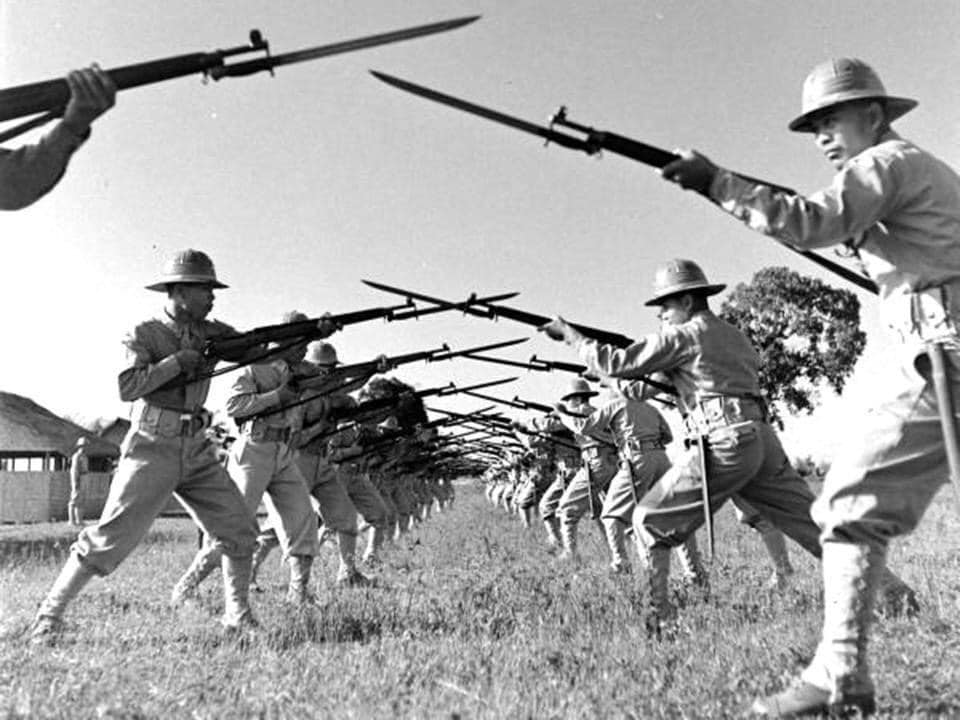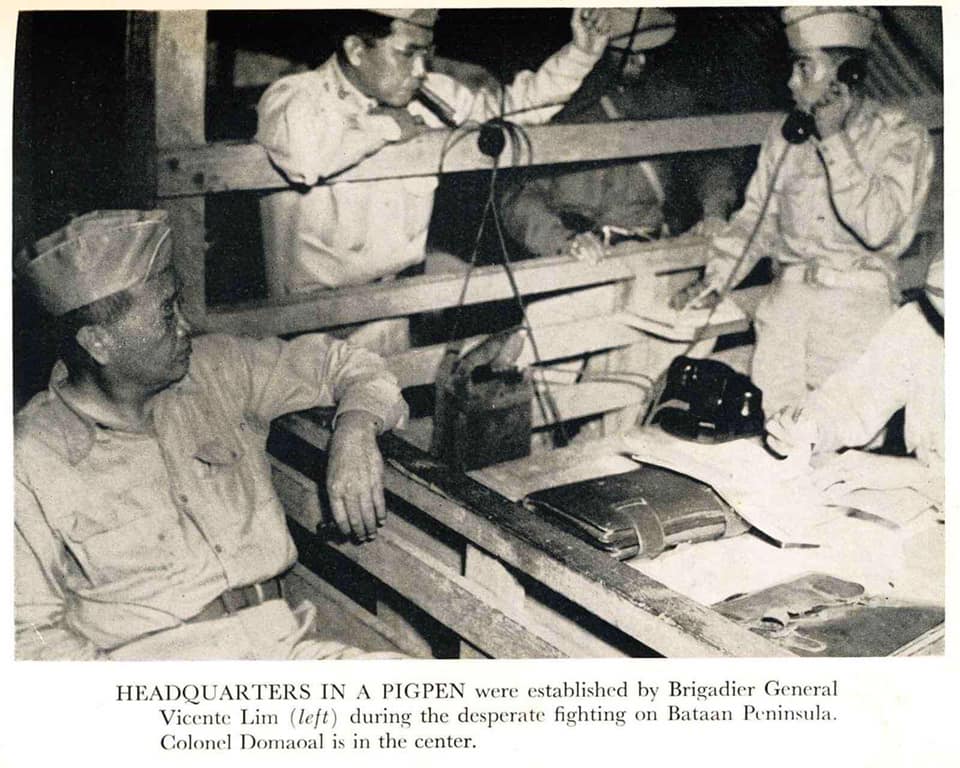Araw ng Kagitingan isn’t just a nationwide regular holiday --- it is one of those special days that brings back to life the stories of gallant Filipinos who fought for the country’s freedom during World War II.
Amid the unsparing battles happening throughout WWII (1938 to 1945), the Philippines was the last country among the Southeast Asian nations that surrendered to the Japanese forces. While invaders occupied countries such as Singapore, British Malaya (Malaysia), and the Dutch East Indies (Indonesia), the campaign for the Philippines was the longest to take place. Filipino and allied American troops kept resistance against the Japanese invaders not until April 9, 1942 when the forces officially surrendered, marking the historical day of the Fall of Bataan.
“The world will long remember the epic struggle that Filipino and American soldiers put up in the jungle fastness and along the rugged coast of Bataan. They have stood up uncomplaining under the constant and grueling fire of the enemy for more than three months. Besieged on land and blockaded by sea, cut off from all sources of help in the Philippines and in America, the intrepid fighters have done all that human endurance could bear,” this was the message delivered by Third Lieutenant Normando Ildefonso Reyes, as written by Captain Salvador Lopez, through the Voice of Freedom Radio Broadcast following the unfaithful announcement: “Bataan has fallen”.
For the Bataan and Corregidor Defenders and their descendants, memories of the battle may be too painful to remember; a father was lost, a brother suffered, and a comrade was killed. But these memories are now written in history as a true testament of the Filipino forces’ bravery in the face of strong opponents and all odds.
Recalling the war, then Lt. Felix Pestaña of the Headquarters I Corps narrated that during the siege, “They [the Japanese forces] were all around us, in the streets, in the trees, behind each mound of dirt. We just fought back.” Then Sgt. Emilio Aquino of the 1st Coast Artillery Regiment also has his own share of story to tell, “Amidst shelling and firing, protektado sila, kanila ang itaas, kanila ang dagat, kaya wala kaming magawa...but we fired all the guns we had.”
Lt. Pestaña and Sgt. Aquino were among the Filipinos who left everything behind to serve the country. Many of these heroes were still in school when they reported for military training. They were the brave ordinary men and women who, despite being young and lacking experience, withstood the unrelentless fire raining over their heads by keeping in their hearts a hope for a peaceful and freed country.
Hours after the attack on Pearl Harbor, the Japanese Kobata Air Division bombed the Clark Field, Iba Field, Cavite Naval Base, Ft. McKinley, Ft. Stotsenburg, Camp John Hay and Davao. The assault which left the U.S. Far Eastern Air Force and Philippine Air Corps completely disabled led the Philippine-American forces to fight without the slightest air support.
The first defensive line of the PH-US forces in January 1942 extended from Morong to Abucay through Mount Natib in Bataan. The Japanese then pursued frontal attacks on January 12 to 25, 1942 against the allied forces. Although the attacks failed, the enemy probed the defense line for weak points. The Japanese also established themselves across the Pilar-Bagac Road and deprived the USAFFE of its only route of supply. The Japanese attempted to create pockets in USAFFE lines which was known as the "Battle of the Pockets".
For 93 days, the Filipino-American troops defended Bataan before General Edward P. King surrendered the command to the Japanese in his meeting with General Nagano Kamaechiro and Colonel Nakayama Matoo on April 9, 1942 at 12:30 p.m.
But the seemingly end of the war was just the beginning of an unimaginable suffering. Following the surrender was the bloody Bataan Death March where thousands of Filipino and American soldiers were forced to walk from Mariveles, Bataan to San Fernando, Pampanga. From there, Prisoners of Wars were loaded inside waiting box cars that delivered them to Capas, Tarlac. But since the transportation wasn’t any better due to poor ventilation, troops suffered from suffocation, sickness, and death. The POWs kept on marching again for 14 to 20 kilometers before reaching the internment camps.
Under scorching sun, the POWs were hungry, weak, was tortured, and even killed. They were in constant battle with disease, starvation, and oppression. What the soldiers endured in that 85-mile trail and over a week of imprisonment were beyond description. From 76,000 Filipino-American POWs, only 54,000 reached Camp O’Donnell. Although the exact numbers were unknown, some 2,500 Filipinos and 500 Americans may have died during the march, while an additional 26,000 Filipinos and 1,500 Americans died in the camp.
“The Bataan Force went out as it would have wished, fighting to the end its flickering, forlorn hope. No army has done so much with so little, and nothing became it more than its last hour of trial and agony,” uttered the then Field Marshal MacArthur following the fall of Bataan.
Since arriving to Australia after the surrender, the Philippine President Manuel L. Quezon uttered these words, “The fall of Bataan closes a chapter in the history of the Filipino people for freedom as heroic, if not the most heroic, that we have ever fought…Their country and countrymen will consider every man who took part in this battle as a national hero and will feel undying gratitude for the service they have rendered.”
Remembering the Fall of Bataan is not just an event to look back on history and recall what happened that day. Araw ng Kagitingan is a day to honor the nation’s heroes and recognize their sacrifices for the sake of the freedom Filipinos enjoy today. Letting their stories of dedication, gallantry, and love for country be written not only on history books but also on the hearts of every Filipinos, continuously inspiring them to take a brave step forward when challenges of the country come.#







